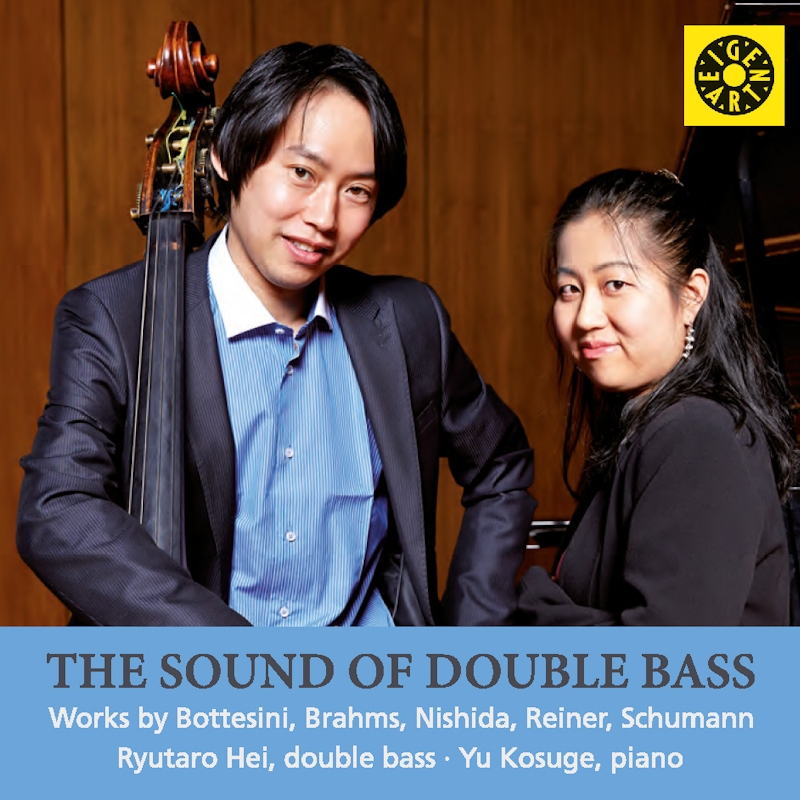Logowanie
Mikołaj - ten to ma gest!
Miles Davis, Horace Silver, Jay Jay Johnson, Percy Heath, Kenny Clarke, Lucky Thompson
Walkin'
20bit K2Super Coding - ale jak to brzmi!
Kasety magnetofonowe
Winylowy niezbędnik
ClearAudio
Double Matrix Professional - Sonic
najbardziej inteligentna i skuteczna pralka do płyt winylowych wszelkiego typu - całkowicie automatyczna
BOTTESINI, BRAHMS, SCHUMANN, Ryutaro Hei, Yu Kosuge
The soud of double bass
- Ryutaro Hei - double bass
- Yu Kosuge - piano
- BOTTESINI
- BRAHMS
- SCHUMANN
Managing to convey the Adagio and Allegro op. 70 by Robert Schumann clearly on the double bass with piano makes huge demands on the interpreter. Capturing the wit and rhythmic charm, but also the plaintiveness without lamentation in the Double Bass Sonata by Karel Reiner is a challenge on this weighty instrument, which even for the smallest sound requires the greatest physical effort. The same applies to the solo piece "Reincarnation" by Yumiko Nishida. After all, this premiere recording of a rebirth shouldn't be a tough or cumbersome event! The Brahms sonata on the other hand, which everyone has in their head in the original version for cello, mustn't create the impression that something is lost in the transfer from the cello to the double bass. Instead, it needs to add something new to the appeal of an old friend. And that scourge Giovanni Bottesini, who ultimately strikes fear and dread into the heart of every bass player: or almost every bass player. Ryutaro Hei masters every task with bravura, not least thanks to his congenial partner at the piano, Yu Kosuge. A very successful debut on the EigenArt label.
See reviews for this production
 www.audio.de (06/01/2016):
www.audio.de (06/01/2016):
 Klassik heute (10/22/2015):
Klassik heute (10/22/2015):
Zugegeben, der Kontrabass ist nicht gerade das zugkräftigste Soloinstrument. more...































